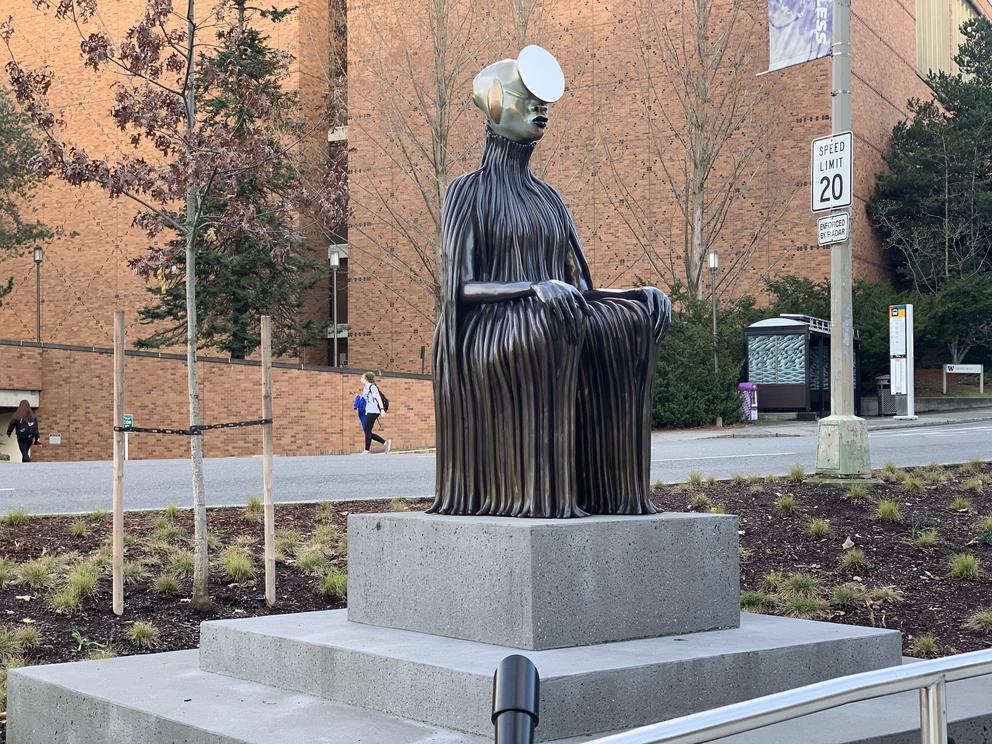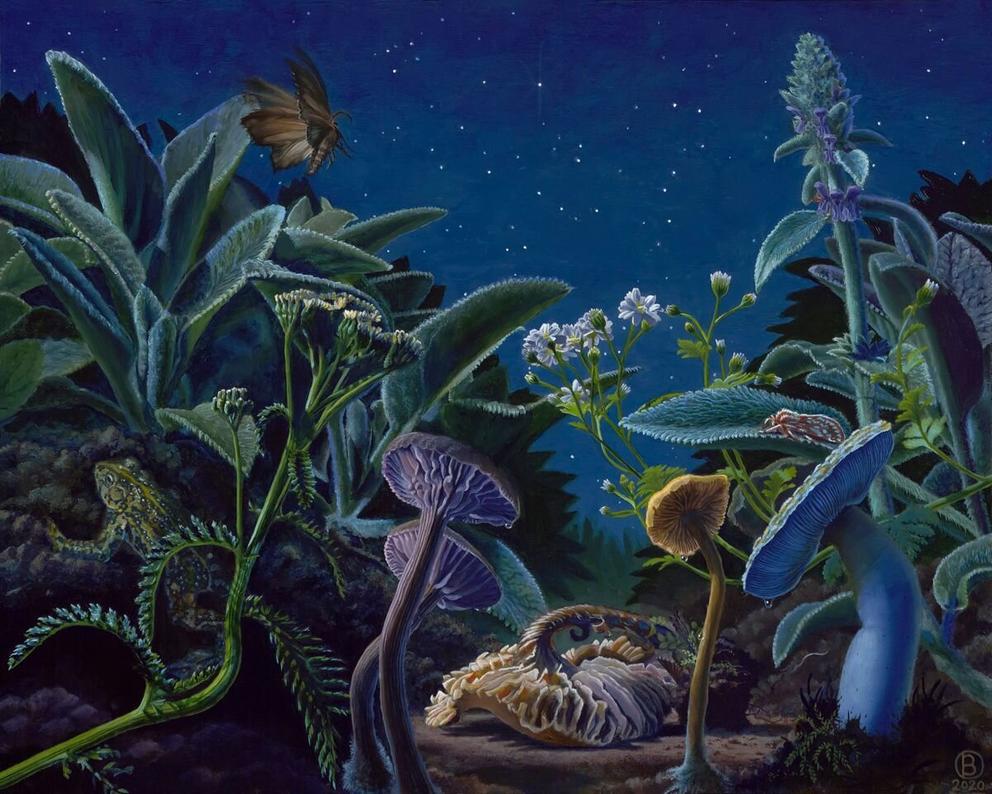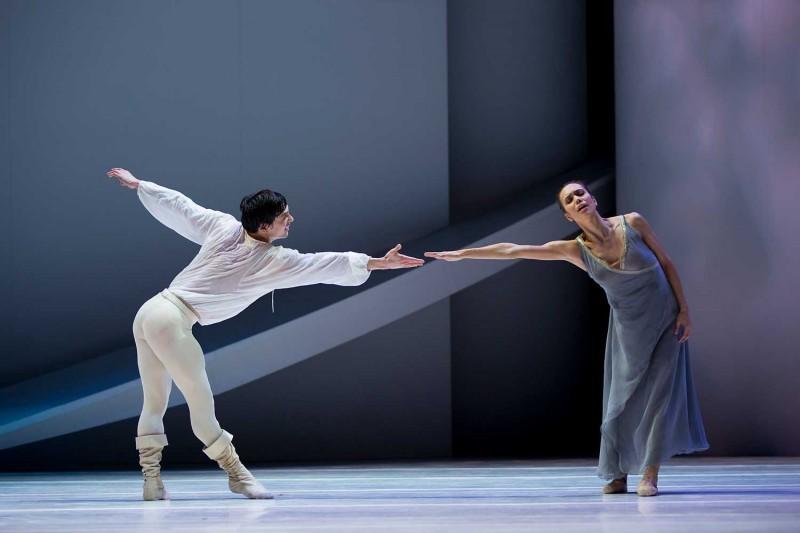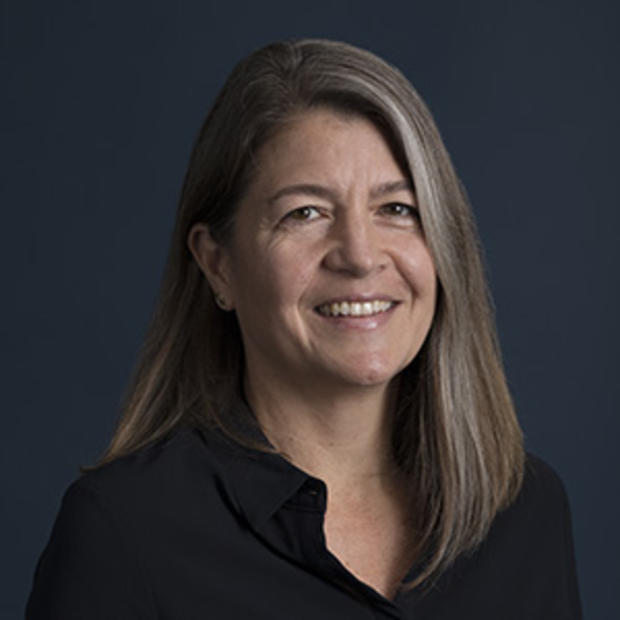“It’s almost like a third eye, like a portal,” said Shamim M. Momin, when I spoke with the Henry Art Gallery director of curatorial affairs. “It feels magical and interacts with the environment.” Momin was part of the UW public art committee that brought Mutu’s sculpture into the school’s collection. Originally commissioned by the Metropolitan Museum of Art in New York City, “The Seated IV” is one of four sister sculptures Mutu made in 2019 for temporary installation inside the dramatic architectural niches of The Met’s façade — spaces that, remarkably, had never been filled since the building’s construction in 1902.
ArtSea: Notes on Northwest Culture is Crosscut’s weekly arts & culture newsletter
Mutu says she created the seated figures (which as a group are called The New Ones, will free Us) while thinking about caryatids, the goddess forms used in ancient Greek architecture as building supports. In a video for The Met, she also talks about the caryatid stools used in African sculpture across the continent: “You see these women either kneeling or sitting, sometimes holding a child, as well as holding up the seat of the king.” She sought to recall such figures, but to remove the weight of the world from their shoulders. “How do I use this figure to change this conversation?” she pondered. The result was four free-standing (rather, free-sitting) women imbued with an extraterrestrial presence.
I would argue that installing “The Seated IV” on a university campus carries Mutu’s mission even further. (It also marks a return trip, as the sculptures were cast at Walla Walla Foundry before heading to NYC.) At the Met, the figures were nearly dwarfed by the building’s imposing Beaux Arts façade with towering columns. They were tucked into the niches at high remove. On the UW campus, positioned near the new Hans Rosling Center for Population Health, the single figure at sidewalk level feels like a massive and mighty guardian. “You can have a direct encounter … with this strong representation of womanness,” Momin said. “Over time she’ll become a familiar protective figure.”
Recalibrating old storylines is also the theme of the new exhibit at Capitol Hill’s Roq La Rue Gallery, where the group show, A New Utopia (Feb. 11- Mar. 6), features new work by artists charged with looking toward the future — while keeping a wary eye on the recent past.
Viewable both online and in the gallery (Friday and Saturday afternoons), the show is a lush and intriguing mix. As with Mutu’s sculpture, many of the works have a mysterious, unearthly vibe, as if we’ve crash landed on an undiscovered planet full of life. Seattle artist Bella Ormseth’s painting “Darkest Before the Dawn” looks like it could be the alien birthplace of Mutu’s women, a fecund fungal landscape. Mary Iverson’s “Calamity at the Coliseum” reveals the ancient ruin partly underwater, with bright shipping containers bobbing adrift. Debra Baxter’s “Splendor Heart” sculpture features an anatomical cast-glass heart fused with chunky quartz and amethyst. Perhaps it takes a purple heart to feel things differently.
Hugo House is leaning into calamitous emotion with the latest installment of its popular Hugo Literary Series, this season asking featured writers and musicians to create new work along the theme “The Four Horsemen of the Apocalypse: Conquest, War, Famine and Death.” First up is “Famine” (Feb. 12 at 6 p.m. $5-$25) as interpreted by novelist Ottessa Moshfegh (My Year of Rest and Relaxation), Oregon-based author Leni Zumas (Red Clocks), Pacific Northwest poet Laura Da’ (Tributaries) and Philadelphia musician Sadie Dupuis (of Speedy Ortiz and Sad13). If you’ve been feeling starved for a meaty literary evening, this one will certainly be sating.
For those determined to choose love over chaos this Valentine’s weekend, Pacific Northwest Ballet is streaming an archival presentation of Roméo et Juliette (Feb. 11-15; $29-39). Originally produced at McCaw Hall in 2016, this take on the archetypal star-crossed lovers is notable for the fresh perspective of its choreography (by Jean-Christophe Maillot, who tells the story via flashbacks from Friar Laurence’s tortured conscious), and also for the way the leads — Noelani Pantastico and James Yoichi Moore — appear absolutely, desperately in sync with each other. Prepare to swoon.
As snowflakes begin to fall at my house, I’ll end with a flurry of local arts news that deserves a round of applause…
After leading Seattle Arts & Lectures for eight years, director Ruth Dickey will depart at the end of April to become executive director of the National Book Foundation (home of the National Book Awards). Nice going, Ruth!
Seattle filmmaker Wes Hurley’s autobiographical film Potato Dreams of America will have its world premiere as one of eight new films in the Narrative Feature Competition at the SXSW Festival in March (viewable online). Previously told in the short film Little Potato, this nuanced, surprising story is about growing up gay in Russia with a single mother so determined to improve her circumstances she becomes a mail-order bride to bring her son to America. They landed in Seattle in the 1990s, which is why we have this talented filmmaker in our midst today.
Finally, Artist Trust announced the winners of its annual, genre-spanning Fellowship Awards. Each of the nine artists selected will receive unrestricted grants of $10,000. The impressive list includes glassblower Dan Friday, musician Benjamin Hunter, multidisciplinary artists Jaleesa Johnston and Chris E. Vargas, writers Sharma Shields and Rena Priest, and visual artists Tatiana Garmendia, Anthony White and Mary Ann Peters (the last of whom alerted me to the Mutu sculpture — thanks!).
Here’s to all for insisting the art must go on.
Get the latest in local arts and culture
This weekly newsletter brings arts news and cultural events straight to your inbox.








